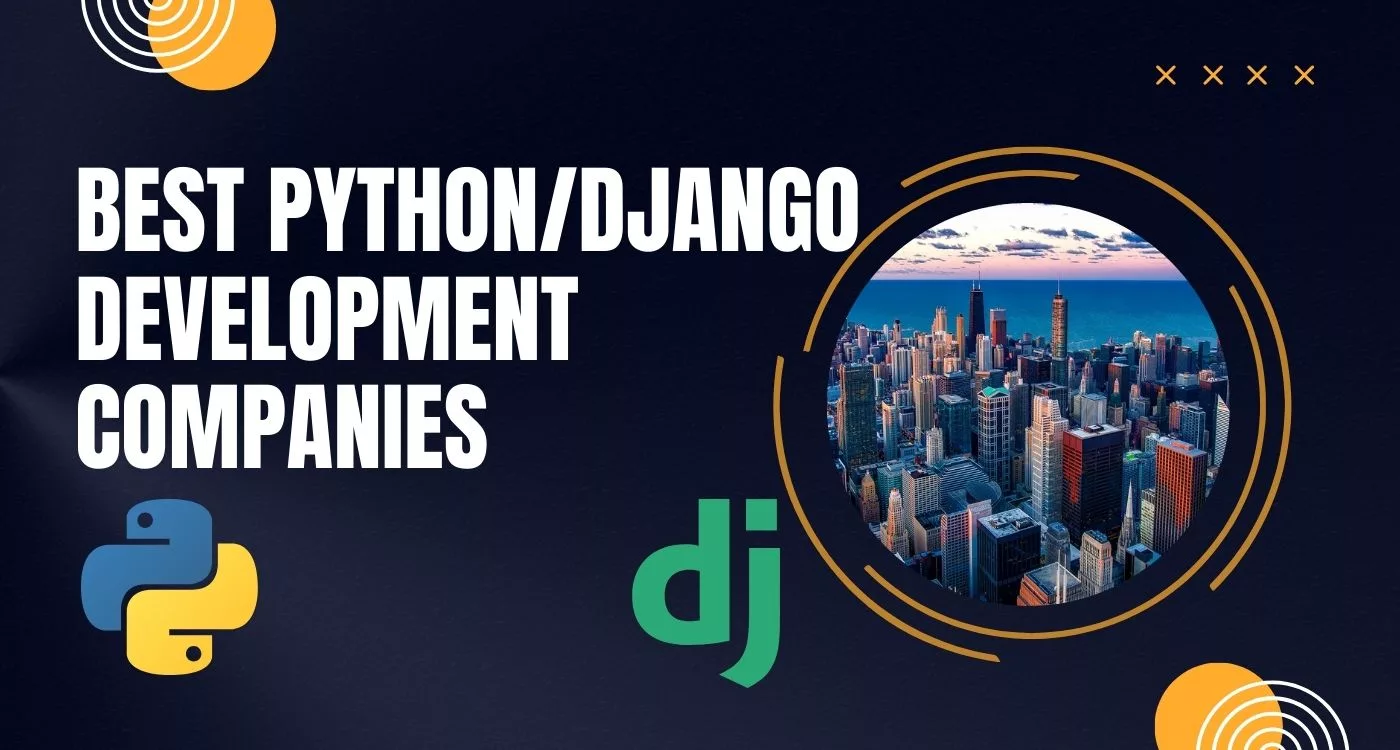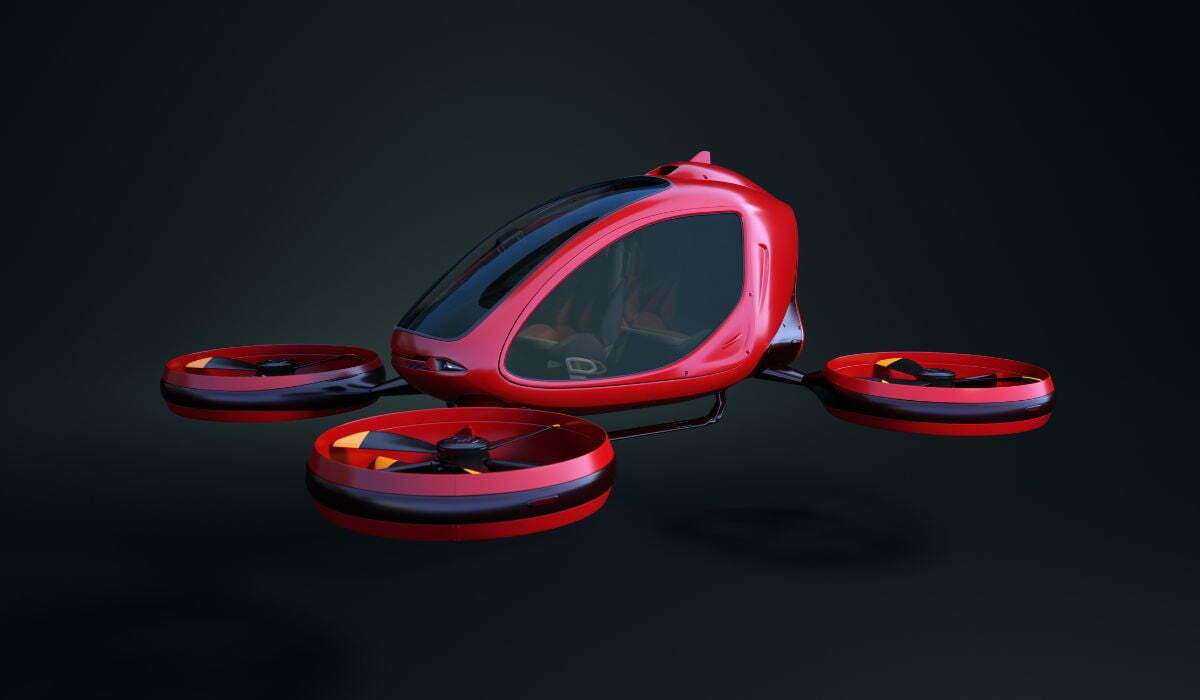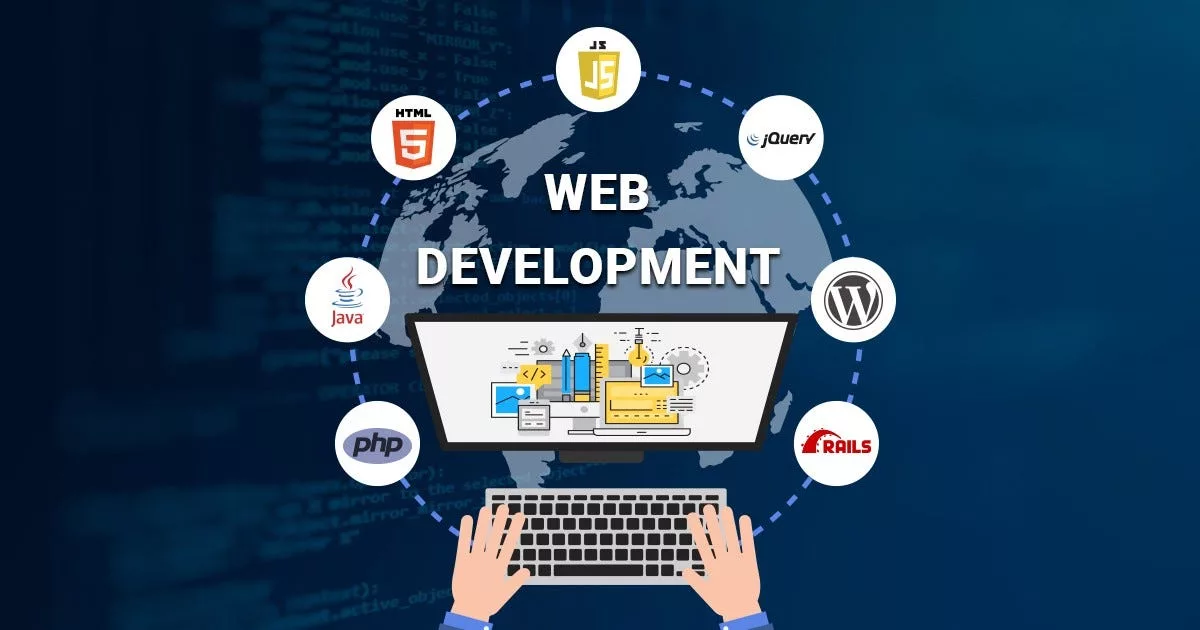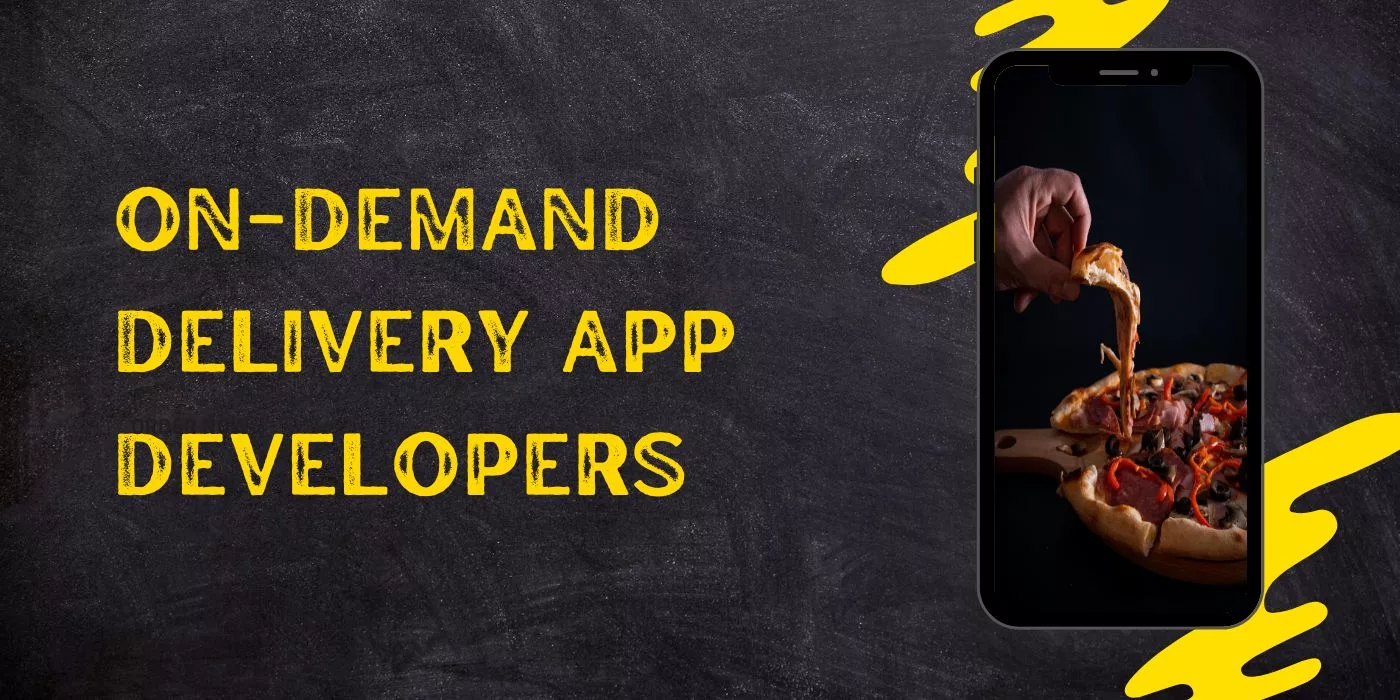Are you guys looking for some best indoor drones in 2023? Therefore, if you’re looking for the best indoor drones, you’ll need to consider which features will work best with your home setup.
We recommend prioritising durable drones with high-quality components and those designed with beginners in mind. As these drones will be operated indoors, you must carefully consider the battery life and overall noise output.
Additionally, when purchasing an indoor drone, consider the included accessories and control options. Some of these indoor drones have features that make them competitive with the market’s best drones.
Before creating a list of the 10 best indoor drones, we will first discuss some important factors to consider prior to making a purchase
Also Read: Blockchain Messaging App: Top 10 & How To Create
- Considerations Prior to Purchasing an Indoor Drone:
- Our recommendations for the best indoor drones in 2023:
- 1) Holy Stone Indoor Drone HS200:
- 2) DJI Tello Quadcopter Indoor Drone:
- 3) DJI Mavic Mini Indoor Drone:
- 4) DJI Spark Indoor Drone:
- 5) Blade Nano QX BNF Quadcopter Indoor Drone:
- 6) UVify OOri Indoor Drone:
- 7) Parrot Rolling Thunder Indoor Drone:
- 8) Hubsan X4 H107L Indoor Drone:
- 9) Syma X20 Indoor Drone:
- 10) Eachine E010 Indoor Drone
- Wrapping Up:
- FAQ’s on Indoor Drones:
Considerations Prior to Purchasing an Indoor Drone:
Consider why you want to purchase a potentially expensive item, such as an indoor drone, before deciding whether or not to do so. For example, a professional photographer has entirely different requirements than a parent looking for an interesting and cool toy. We have compiled a list of questions that will assist you in making the best decision for yourself or a loved one.
Range:
Depending on your intended use, you may not require a drone with the greatest altitude or range. Amateurs, children, and adolescents may be content with a functioning drone that takes cool indoor photographs. Similarly, if you use your drone exclusively indoors, the range may be irrelevant.
Professionals or individuals who intend to use a drone for more serious or diverse purposes may need to consider a long-range drone. Some drones have a range of up to seven miles, which is unnecessary for someone who will only be flying the drone indoors.
Security Measures:
Indoor drone flight was once a strict no-no. As a responsible indoor drone operator, you must continue to be aware of your surroundings while operating your drone. However, manufacturers have added additional safety features that allow you to concentrate on taking excellent photographs. Despite the fact that each brand is unique, there are now a number of standard features to anticipate.
Some indoor drones feature automatic hovering, which allows the drone to remain in place as the battery runs out. You can also search for drones with a home-return function. This feature allows you to press a button to return the drone to its designated “home” area.
Indoor drones require propeller guards, particularly for novice users. These guards will protect your home’s walls, objects, and any people who may be present.
Manage Features:
Drones necessitate a controller capable of guiding them in the correct direction. These use radio signals to help you direct the drone’s flight path. Some models may include a screen that displays live footage as it is captured. Drone controllers without a built-in screen may require the download of a separate app that enables FPV (first-person view) flight using a mobile device.
Even if you lose sight of your drone, being able to see its live view will help you avoid crashing by allowing you to see where it is and its surroundings. However, cheap indoor drone controllers do not include this feature, and depending on your intentions, paying extra to view your footage on an external controller may not be necessary.
Regardless of the type of controller and drone you have, you will be able to perform the same fundamental tasks, such as turning your drone right or left, moving it forward and backwards, and determining its speed. Other common additional controls include landing and takeoff with a single button, altitude hold, and occasionally flips.
Smart drone—or not?
Numerous camera drones are equipped with GPS that allows the user to control the drone’s destination, set a home location, or even plan routes that allow the drone to operate unsupervised. Drones with intelligence may include additional sensors that help them detect and avoid obstacles. Other applications for these sensors include configuring your drone to follow a person so that you can focus on other tasks.
Our recommendations for the best indoor drones in 2023:
1) Holy Stone Indoor Drone HS200:
The Holy Stone HS200 Indoor Drone is an excellent option for both novices and seasoned veterans, as this fun little drone is incredibly simple to set up and operate using either the smartphone app or the included remote. The one-button takeoff and landing functions and integrated LED lights made this a joy to operate in low-light conditions. Additionally, we appreciated the FPV real-time 720p HD camera, which is ideal for live streaming content.
Although this is a well-built drone, the majority of its components are made of plastic and do not offer the best durability on the market. Additionally, the included lithium-ion battery only permits approximately ten minutes of flight per charge. We believe it’s a good option if you’re searching for the best drone for children.
Pros:
- Takeoff and landing with a single button.
- FPV real-time HD camera.
- Integrated HD still and video camera.
Cons:
- Approximately 10 minutes per charge.
- Not the most resilient materials.
Why we like it: This is one of the best drones for beginners due to its easy one-button takeoff and landing, as well as its integrated FPV real-time HD camera for live streaming.
2) DJI Tello Quadcopter Indoor Drone:
The DJI Tello Quadcopter is one of the best indoor-capable drones due to its relatively quiet operation and design that enables complete control via smartphone or tablet. This drone’s ability to easily perform a variety of exciting manoeuvres, such as rolls and spins, was a major selling point. Additionally, we appreciated the built-in HD camera, which can easily stream live video and capture stunning images for indoor drone photography.
Although the smartphone-based control scheme is convenient, this model does not include an analogue remote control device. Additionally, this drone does not include a lithium battery, though the manufacturer offers the option to purchase one separately. When combined with the best VR headset or the best VR drone, you are ready to fly!
Pros:
- Easy to execute tricks
- Simple smartphone control scheme.
- Integrated HD still and video camera
Cons:
- Ships without a rechargeable battery.
- No dedicated remote control device.
Why we like it: It’s the best indoor drone for beginners, with a smartphone-based control scheme and a design that’s built to perform exciting tricks like rolls and spins.
3) DJI Mavic Mini Indoor Drone:
The DJI Mavic Mini Indoor Drone is an excellent option for consumers who prefer using a smartphone or tablet to control their indoor drone. Intuitive and fantastic smartphone controls are featured on this model, which also includes a dedicated analogue remote. We loved the ultra-stable 3-axis motorised gimbal, which makes photo and video capture extremely stable. We also liked the lightweight design, which weighed only nine ounces, and the high-quality battery, which allowed for up to thirty minutes of flight time per charge. Compare DJI with Skydio 2 to determine which brand is superior.
This is a relatively pricey drone, however, likely due to the stellar reputation of the DJI brand and the premium features available. Additionally, many of this drone’s components are made of plastic, so its durability rating takes a slight hit. If you are also interested in the best foldable drone and searching for additional compact options, this is an excellent choice.
Pros:
- Lightweight at 9 ounces.
- Battery life per charge is 30 minutes
- motorized 3-axis gimbal for camera stability
Cons:
- The plastic form factor is not very resilient.
- On the expensive side.
Why we like it: Offers fantastic and seamless smartphone or tablet controls, in addition to a dedicated analogue remote control, and includes a powerful battery with a 30-minute charge life.
Also Read: Top 10 Fastest-Growing IoT Companies
4) DJI Spark Indoor Drone:
The DJI Spark Indoor Drone is of superior quality and brings professional-grade features to the market for indoor drones. This model features a powerful motor that allows it to reach speeds of up to 31 miles per hour, as well as a 2-axis stabilised Full HD 1080p camera that excels in both still photography and video recording. However, it could also be an excellent selfie drone. Additionally, we adored the built-in obstacle detection feature, which can be incredibly useful when operating this drone indoors to avoid obstacles such as furniture.
This drone is extremely expensive, so keep that in mind before making a purchase. Additionally, this drone does not include a flash memory card, so if you want to save photos and videos, you will need to purchase the best micro SD card.
Pros:
- Integrative 1080p FHD camera
- Integrated obstacle detection capability.
- Powerful motor permits top speeds exceeding 30 mph
Cons:
- On the costly side.
- Flash memory card required for media recording.
Why we like it: High-quality drone with an outstanding feature set, including an integrated Full HD 1080p camera for stills and video and an obstacle detection feature, which is ideal for preventing accidental damage while flying indoors.
5) Blade Nano QX BNF Quadcopter Indoor Drone:
The Blade Nano QX BNF Quadcopter is one of the best nano drones on the market, as it is small enough to fit in the palm of your hand and weighs less than two ounces. We admired the powerful brushed motors that enable a simple takeoff, as well as the company’s SAFE technology, which keeps the drone stable and accident-free during flight. Additionally, we appreciated that this model ships with an assortment of spare rotor blades, reducing future hassle.
Controlling this drone requires a 4+ channel DSM2 or DSMX transmitter, so you will need to purchase one separately. Additionally, the integrated lithium-ion battery only lasts approximately five minutes per charge due to the safety-enhancing technology embedded within the drone. For longer battery life, consult our buying guide for the best follow-me drone.
Pros:
- Effective brushed motors
- Proprietary technology contributes to the drone’s flight safety and stability.
- Includes a variety of additional rotor blades.
Cons:
- Requires a DSM2 or DSMX transmitter with four or more channels.
- Battery life per charge is 5 minutes.
Why we like it: Incredibly compact and lightweight design, weighing only a few ounces, with standout features such as powerful brushed motors for effortless takeoff and proprietary technology to keep it safe and stable in flight.
6) UVify OOri Indoor Drone:
The UVify OOri Indoor Drone is an excellent option for consumers who require speed, as this model is designed for racing and speed-based competitions and has a motor that allows it to reach speeds of up to 50 miles per hour and altitudes of up to 500 feet. We adored the assignable LED lights, which make it simple to identify which drone is which during intense competitions. Additionally, we appreciated that this drone comes with a toolkit for performing routine maintenance tasks, such as removing the prop guards.
Although this drone is designed for racing, the integrated lithium battery only allows for five minutes of flight time per charge, so races should be kept to a minimum. Additionally, this drone lacks a built-in camera because it is designed for racing rather than capturing still images or video. For additional racing options, you may also be interested in our guide to the best FPV racing drones.
Pros:
- Assignable LED lighting for sporting events.
- Ships with a maintenance tool kit.
- Easily attains heights of 500 feet
Cons:
- Maximum flight duration of 5 minutes
- No camera.
Why we like it: In addition to a quick-charge battery and assignable LED lights for competitions, this drone is purpose-built for racing, with a motor that allows it to reach maximum speeds of up to 50MPH.
7) Parrot Rolling Thunder Indoor Drone:
The Parrot Rolling Thunder Indoor Drone has a distinctive and incredibly entertaining design, with detachable wheels that enable it to climb walls and an ergonomic shape that excels at acrobatic manoeuvres. We liked the safety features, which included a circuit breaker for the propeller in the event of an accident. We also appreciated the device’s lightweight and compact design, which weighs just three ounces, and its Bluetooth-enabled vertical mini-camera.
Although this drone performs well in both indoor and outdoor environments, its maximum speed of 11 miles per hour may not satisfy all consumers. Additionally, the lithium battery has a maximum use time of eight minutes per charge.
Pros:
- The propeller circuit breaker that enhances safety
- Extremely lightweight and compact design.
- Embedded vertical mini-camera.
Cons:
- Maxes out at 11 MPH.
- Battery life is approximately 8 minutes.
Why we like it: Large, detachable wheels give this drone the ability to climb walls and perform other acrobatic feats in addition to flying.
8) Hubsan X4 H107L Indoor Drone:
The Hubsan X4 H107L Indoor Drone is an excellent option for consumers seeking a durable model that should be able to withstand accidents and general abuse, owing to its sturdy airframe and 6-axis flight control system. We admired the extensive array of exterior LED lights, which provided excellent visibility in dimly lit areas. This design is also optimised for tricks like rolls and four-way flips.
This drone cannot be controlled by a smartphone or tablet, which may not be suitable for all customers. In addition, this drone lacks any type of camera, which is something of an oversight. If you value these features, you can find them on some of the best drones for beginners.
Pros:
- Permits 4-way flips.
- Stable flight control system with six axes.
- Set of LED lights for enhanced visibility.
Cons:
- No mobile device controls.
- No camera.
Why we like it: Stable 6-axis flight control system with adjustable gyro sensitivity, coupled with a durable and lightweight airframe that can withstand strong winds and survive a couple of accidents.
9) Syma X20 Indoor Drone:
The Syma X20 Indoor Drone is affordably priced while offering a variety of premium features, such as a form factor that is extremely light and compact, weighing only a few ounces and easily fitting in the palm of an adult’s hand. We adored the one-button takeoff and landing functionality, as well as the headless mode, which assists novices in mastering the often-confusing directional control.
There is no option for smartphone or tablet control, despite the fact that the integrated analogue remote is user-friendly and allows the drone to perform acrobatic manoeuvres. In addition, the integrated lithium battery only permits five minutes of flight time before a recharge is required. For increased functionality and longer battery life, you will need the best professional drone.
Pros:
- Extremely compact and lightweight.
- Headless mode for beginners.
- Button-activated takeoff and landing.
Cons:
- No mobile device controls.
- 5 minutes per charge of flight time.
Why we like it: Cost-effective drone with robust features, such as one-button takeoff and landing and a mode ideal for novice pilots in which the drone flies without a head.
10) Eachine E010 Indoor Drone
The Eachine E010 Indoor Drone is affordably priced and offers features comparable to those of more expensive competitors, such as a form factor that fits in the palm of the hand and weighs less than three ounces. We adored the simple-to-use remote, which allows for one-button takeoff and landing, and the design’s ability to execute aerial manoeuvres such as rolls and flips.
Despite the fact that the included analogue remote is ergonomically designed and provides 6-axis stabilisation, this drone does not support smartphone or tablet controls in any way. Additionally, this model does not include a camera, and due to its small size and lightweight, third-party cameras will not function. This requires the finest video cameras.
Pros:
- Extremely lightweight form factor.
- One-touch takeoff and landing.
- Outperforms with tricks including rolls and flips.
Cons:
- No mobile device controls.
- Does not include a camera.
Why we like it: Budget-friendly indoor drone with a robust feature set, including an incredibly light form factor weighing less than 2oz and convenient one-button functionality for takeoff and landing.
Wrapping Up:
Indoor drones enable users to fly, race and capture captivating images and videos from the comfort of their own homes. In addition, they provide an advantage to professionals who seek new perspectives to make their clients happy. If you’re looking for something safe to use in your home, to give as a gift to a child or teen, or even a professional indoor drone, these options should help you make a decision.
FAQ’s on Indoor Drones:
Indoor drone prices vary, as not all indoor drones are created equal. Indoor drones that are fully functional can be purchased for as little as $2.99, whereas drones with additional features typically cost more (plus taxes, shipping, and handling). Keep in mind that battery-powered indoor drones necessitate the periodic purchase of new batteries, despite the availability of numerous USB-powered models.
The range a drone can travel on a single charge also varies by model. Some drones can only fly for 3 minutes on a single charge, while others can fly for up to 40 minutes. Battery life limits how far and for how long they can travel, so if this is important to you, assess your needs and consult manufacturer estimates.










Leave a Reply